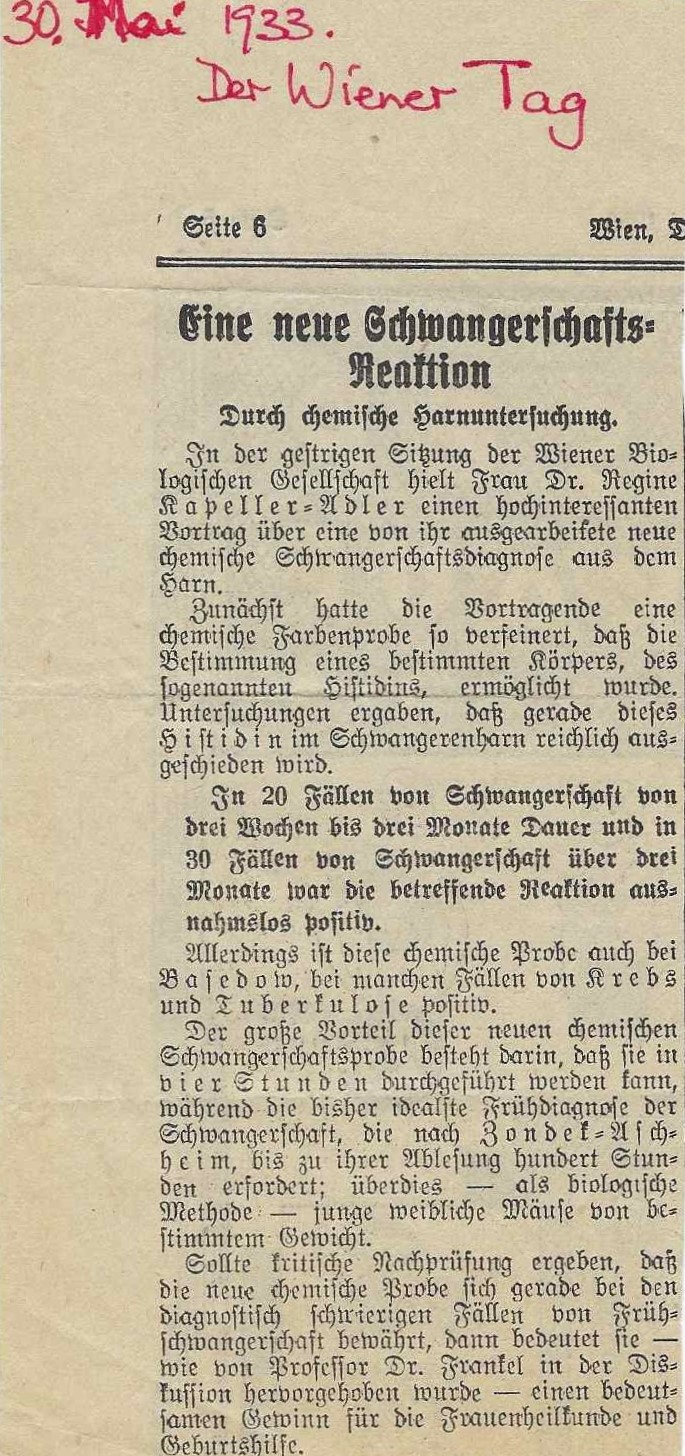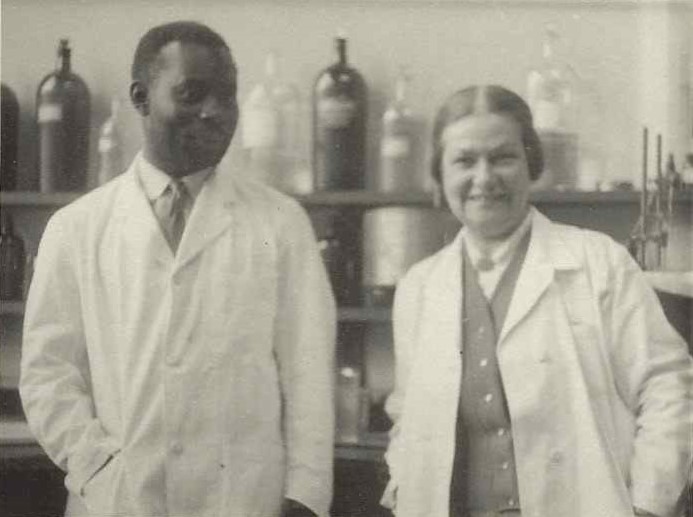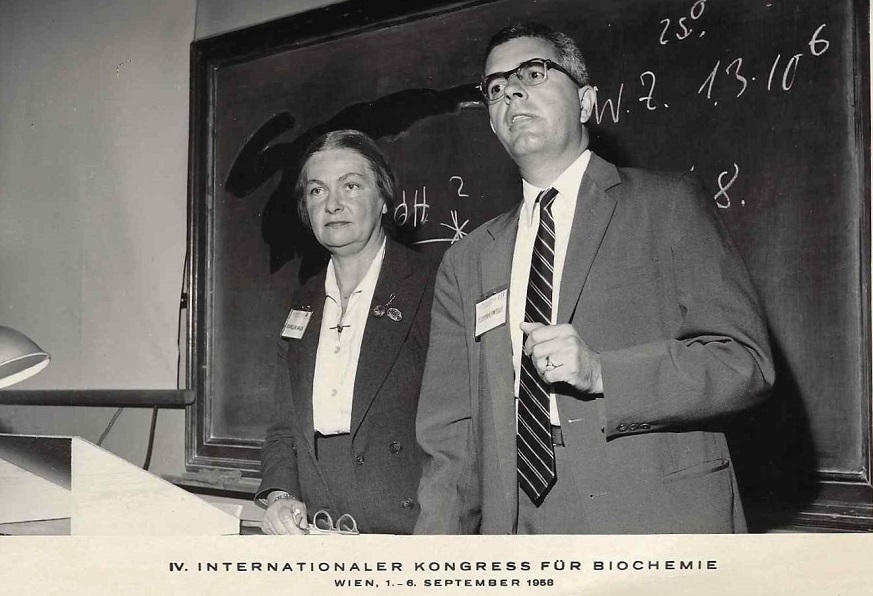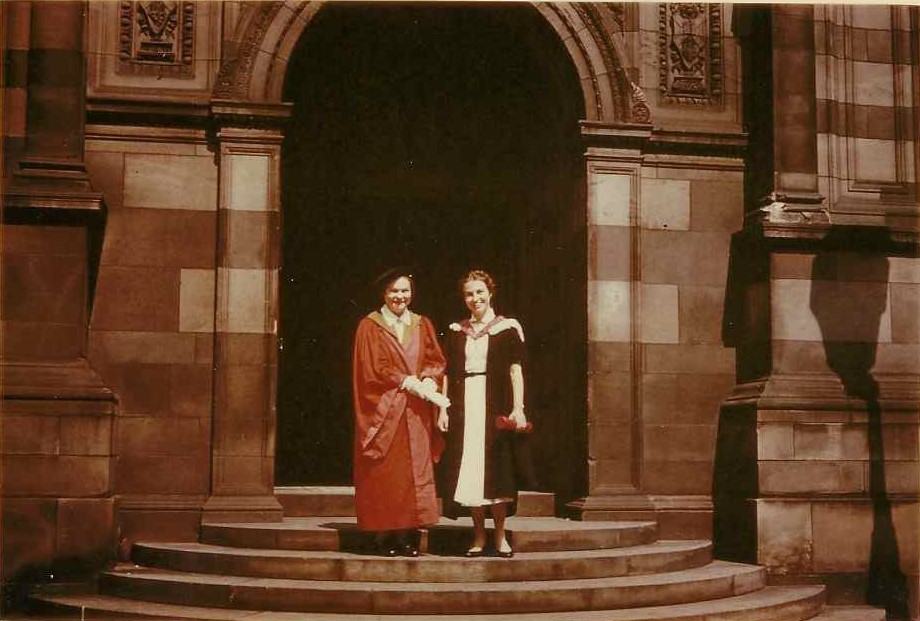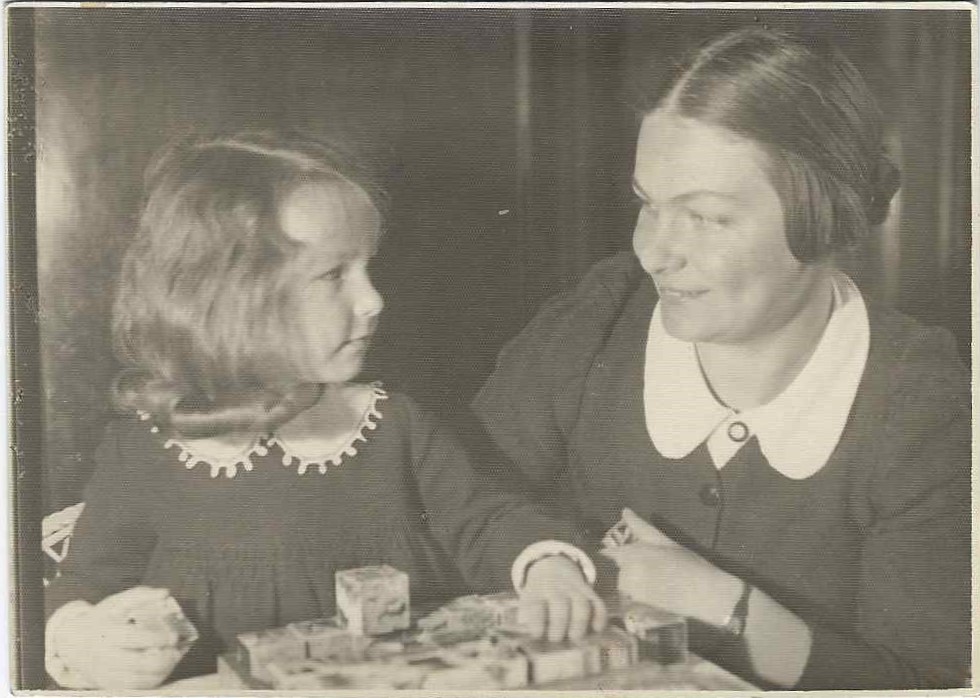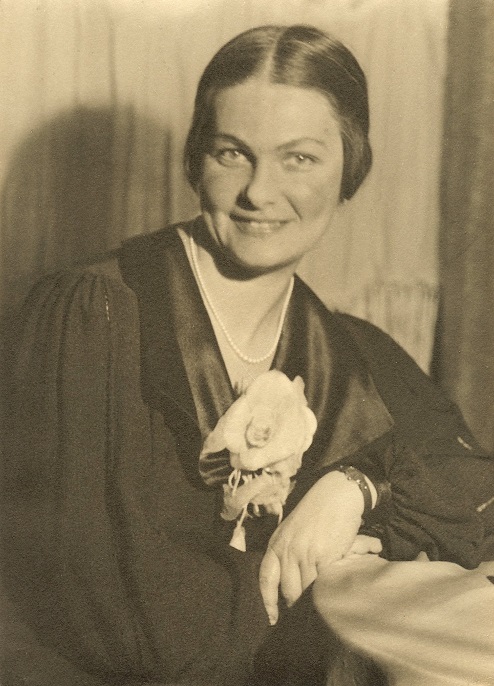
| Born: | 06-28-1900 |
| Faculty: | Medical School | Medical University Vienna |
| Category: | Expelled student |
Regine KAPELLER-ADLER, born 28th June 1900 in Stanislau, Galicia/Austro-Hungarian Empire [later: Stanisławów/Poland, today: Iwano-Frankiwsk|Івано-Франківськ/Ukraine] (entitled residency ("heimatberechtigt") Vienna; citizenship 1938: Austria), daughter of Moritz Kapeller (representative of the Canadian Pacific and Royal Mail Lines), address: Heinestrasse 34, Vienna II, was last registered in the spring term 1938 as a student in the Medical School (4th year).
Regine Kapeller attended secondary school first in Brody, then Lemberg (Galicia) and, as from 1914, the Reformrealgymnasium in Vienna’s 2nd district, taking her Matura (school leaving certificate) there on 3rd July 1918. She then studied Chemistry in the Faculty of Philosophy, Vienna University from 1918 to 1923, graduating Dr. Phil. on 9th June 1923.
She was appointed Demonstrator at the Institute of Medical Chemistry, Vienna University in 1924 and, as from January 1926, ausserordentliche Assistentin (assistant lecturer) until December 1933. On 4th September 1928 she married Dr Ernst Adler (1899 – 1970), who was, likewise, a graduate of Vienna University (Dr.med. 1924). The ministerial requirement for retention of a university lectureship was promotion to Dozent (senior lecturer) within 6 years of appointment. However, she was discouraged by the Head of Department, Professor Otto Fuerth from attempting this, since, despite his endorsement of the excellence of her research work and teaching, her application would have been rejected on the basis of her being a woman and, moreover, Jewish. After the expiry of her tenure in 1934 she continued with her research work and teaching in the department in an unpaid capacity. Her sensational development of a chemical pregnancy test, which was rapid and did not require animal testing, in contrast to the biological methods in standard use at the time, was based on her discovery that women excrete histidine in the urine as from an early stage of pregnancy until delivery. This novel photometric test attracted international interest on its publication in 1933.
Although now lacking any official University position, she continued teaching and intensive research on histidine and other metabolites in her former workplace. Furthermore, shortly after the birth of her daughter, Liselotte, in July 1934, she commenced studying medicine at Vienna University. She passed both the 1st and 2nd Rigorosum (professional exam) with distinction. In addition to her scientific research and medical studies she worked part-time at the Biochemical Laboratory of the Vienna Krankenkasse (Health Insurance) from 1935 - 1936 and then, in 1936, she was appointed to run the Clinical and Medical-Chemical Diagnosis Laboratory of the Sanatorium Hera in Vienna, becoming director of this laboratory in 1937.
After the Anschluss (annexation of Austria by National Socialist Germany) in March 1938, both Regine Kapeller-Adler and her husband, Ernst Adler, being Jewish, lost their positions "on racial grounds". Moreover, Regine was unable, shortly before her final exams, to complete her medical studies and had to leave Vienna University.
Owing to her internationally recognised scientific work – notably the Kapeller-Adler pregnancy test - Regine Kapeller-Adler was placed on the list of the "Society for the Protection of Science and Learning" (SPSL) in Britain and, on invitation by Professor FAE Crew to work in his department, was able to emigrate to Britain with her family in January 1939 and start life anew in Scotland, her first name now anglicised to Regina. She worked until Summer 1940 at the Institute of Animal Genetics of Edinburgh University, where Crew had established the only pregnancy diagnosis laboratory in Great Britain at the time. Her husband, Ernst, who had been selected as one of 50 Austrian doctors admitted to Britain with the assurance of being allowed to practise after taking the British medical qualification, was then interned in May 1940 on the Isle of Man (as were most male, formerly-Austrian refugees, who were all categorised as “enemy aliens”), along with all German nationals living in Britain. Following his release 4 months later, he was able to complete his training and successfully passed his medical exams in 1941, enabling him to set up in general practice in Edinburgh in 1942.
In July 1941 Regina Kapeller-Adler was awarded the prestigious degree of “Doctor of Science” from Edinburgh University for her research work on histidine and histamine metabolism in normal and toxaemic pregnancy. She worked 1940-1944 in the Biochemical Laboratory of the Royal Infirmary Edinburgh and, as from September 1944, in the Department of Pharmacology of the University of Edinburgh; her scientific research since arrival in Britain was funded by various research grants and fellowships. In 1951 she was appointed lecturer in the Department of Clinical Chemistry at Edinburgh University, moving to the Department of Obstetrics and Gynaecology 1964-1968 and finally, thereafter, back to the Department of Pharmacology. Of her numerous research publications, her book “Amine Oxidases and Methods for their Study”, published in 1970, became the standard reference work on this subject to date.
Regina Kapeller-Adler maintained close contact internationally with research workers in her scientific field, among whom were many former faculty colleagues from the Universities of Vienna and Graz, who, like her, had been exiled after the Anschluss in 1938. Amongst these were Nobel Prize winner Professor Otto Loewi, Professor Professor Alfred Fröhlich, Professor Professor Ernst P. Pick and Dozent Richard Wagner.
She was awarded the "Golden Doctorate" by Vienna University in June 1973. The laudation was given by Professor Hans Tuppy.
Regina Kapeller-Adler died on 31st July 1991 in Edinburgh, Scotland.
Lit.: POSCH/INGRISCH/DRESSEL 2008, 412; Archive of the University of Vienna/Enrollment forms ("Nationale") PHIL 1937-1938; information from her daughter Liselotte Kastner, 2015, 2017; ADLER-KASTNER 1998; ADLER-KASTNER/STUPNICK 2016, 1563-1568.
Herbert Posch, Translation: Liselotte Adler-Kastner
